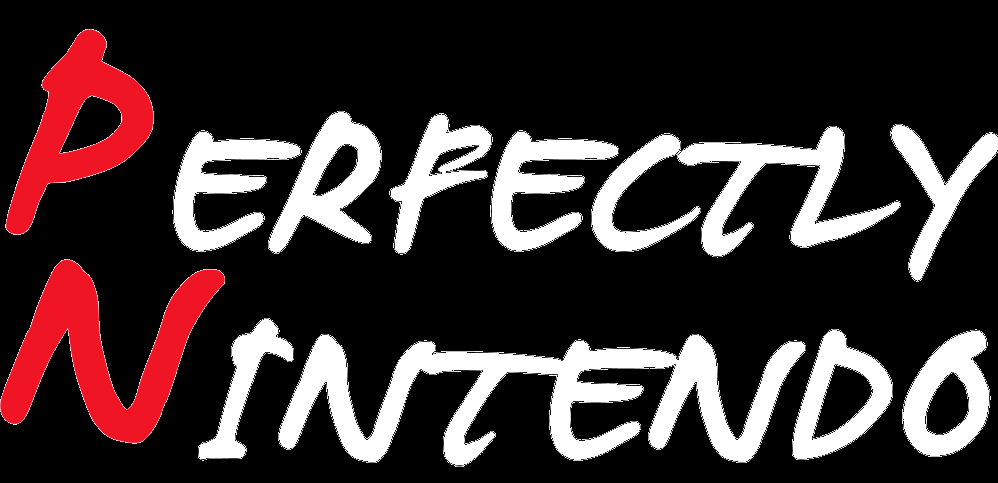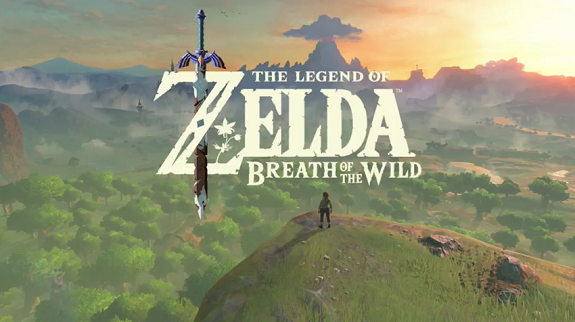Zelda: Breath of the Wild – Aonuma on porting the game to the Switch, Sheikah tablet, DLC
Following the Nintendo Switch hands-on event, earlier this month, various French outlets have published their interview with Eiji Aonuma, about The Legend of Zelda: Breath of the Wild. That’s the case of Le Monde, several others, and even Nintendo France themselves. In this post, we’re going to provide yet another translated summary, this time for JeuxVideos.com‘s interview.
The Wind Waker elements
If there’s one element long-time fans of the series haven’t missed in the trailers/videos for The Legend of Zelda: Breath of the Wild, it’s the various elements from The Legend of Zelda: The Wind Waker, such as the Koroks or the Deku Tree seeds. When asked whether that meant there was a link between the two games, Aonuma confirmed that… there wasn’t any.
First of all, he explains that they’ve always taken various elements from previous Zelda games, in order to “refresh” them in later games. As for The Legend of Zelda: Breath of the Wild specifically, one of the reasons there’s so many elements from The Legend of Zelda: The Wind Waker is because both use a similar art-style, similar to Japanese animation.
Therefore, it was much easier for the team to use elements and assets from that game in The Legend of Zelda: Breath of the Wild. As far the story goes, there is no real link (pun semi-intended) between the two games.
Timeline
Regarding the timeline, Aonuma refused to say much, since he wants fans to find out things by themselves. That being said, he did mention one of the clues from previous trailers/videos, such as the woman’s voice mentioning the battles against Ganon.
On the many changes
If you’re wondering why there’s so many new and different elements in The Legend of Zelda: Breath of the Wild, the answer is actually pretty simple. With this game, Eiji Aonuma and his team tried to do something that had never been done before. That’s how they ended up deciding to make a Zelda game even bigger than all the previous ones.
After that, they thought hard about things they had never done before, and that they could do in order to make that world interesting: that’s how they came up with ideas such as being able to pick up food in the world, or changing your clothes depending on the weather.
Open-world and inspiration
For The Legend of Zelda: Breath of the Wild, Eiji Aonuma went and searched for inspiration in popular open-world games from western developers: GTA V, The Witcher 3, and Skyrim. Naturally, he didn’t just take the good ideas from those games, and added them to Zelda without first thinking hard about them.
The reason for that is that even though The Legend of Zelda: Breath of the Wild is quite different from previous Zelda games, it still has that “Zelda flavour” that fans of the series have come to love.
He couldn’t simply take ideas from, let’s say, GTA V or The Witcher 3 and add them to The Legend of Zelda: Breath of the Wild just like that. Some of them simply wouldn’t have worked, or would have been in opposition with what they were trying to achieve with this game. His staff often pointed out that ideas he picked up needed to be more original, or more Zelda-like.
The Legend of Zelda: Breath of the Wild was developed as a Zelda game first and foremost, and then as an open-world game. Overall, Aonuma is pretty proud of what they were able to accomplish with this game, as he feels that his team was able to create something truly original, that isn’t just a copy of other games.
Development time
In the interview with Le Monde, Eiji Aonuma revealed that it took 4 years and a team of roughly 300 developers to develop The Legend of Zelda: Breath of the Wild. In this interview with Jeux-Vidéos.com, he goes a bit further and explains that the game took so long to create because of the choice made during development.
The team deliberately took decisions that would increase the amount of time needed to complete the game, as it was the very first time they created such a vast world, that players can explore freely.
Their ambitions for that game were such that the development models they had been using until now were not appropriate. They still had different teams working on different aspects of the game, but when creating such a huge world, they couldn’t really have them progress at their own pace, on their own.
For examples changes made by a developer could have an impact on what a colleague was working on, which usually ended up causing all sorts of problems and made everyone lose some precious time.
With The Legend of Zelda: Breath of the Wild, the development team worked step by step. First, they picked up an objective, and once they had reached it, everyone would stop working (and by everyone, Aonuma literally means everyone: animators, programmers, designers, etc.).
After that, they would spend around a week playing the game, sharing impressions and suggestions with each others. Once that playtest session was over, work would resume with another objective to reach. The goal of that system was to have everyone be at the same point in development as everyone else, and make it so all developers had access to the same amount of info as the others.
Basically, those playtest weeks were a way for developers to catch up with what their colleagues were working on.
Sheikah tablet
If you thought that the Sheikah tablet Link uses in the game is similar to the Wii U GamePad, you definitely are onto something… According to Eiji Aonuma, it’s because The Legend of Zelda: Breath of the Wild was originally supposed to be a Wii U exclusive, and so they thought it would be cool if Link had a tablet similar to the Wii U GamePad in the game.
But then, the decision was made to port the game to the Nintendo Switch, and so they had to change various elements gameplay-wise. For example, they had to give up on dual-screen gameplay, since they wanted to offer the same experience on the Nintendo Switch and the Wii U.
Eiji Aonuma points out that they were “lucky” in the end, since the Sheikah tablet in the game actually does look like the Nintendo Switch (some fans even speculated about it when Nintendo first reveal it in an official artwork).
DLC
Regarding DLC, Eiji Aonuma’s answer was a non-committal as possible. He explained that if (and only if) they were to make DLC for The Legend of Zelda: Breath of the Wild, it wouldn’t happen until after the game had launched, and so had nothing to announce at the moment.
Advantages of the Nintendo Switch
Regarding the Nintendo Switch, Eiji Aonuma explains that it’s more powerful than the Wii U, so things were quite easier for the development team. In fact, the whole porting business was pretty swift, and took a lot less time than he was expecting.
That being said, he’s well aware that the game is just a port from the Wii U. Therefore, the development team didn’t really take full advantage of the hardware (something he also mentioned in that interview), though it’s not clear whether he’s only talking about features (such as HD rumble), or also graphics.
Discarded ideas
If you’ve read about game development before, you definitely know that many ideas never make it to the final game (either because the developers couldn’t find a way to make them work, because they were not really good in the first place, or simply because of technical/budget limitations).
Naturally, The Legend of Zelda: Breath of the Wild is no exception, and one of the discarded ideas actually involves the Sheikah tablet. Aonuma reveals that the tablet was supposed to talk to Link / the player at specific moments. The GamePad would display some information on its screen, and the tablet would start talking. But after a while, they realised that it would be really odd for the tablet to do that, so they gave up on that idea.
Games Eiji Aonuma played in 2016
Last year, Eiji Aonuma didn’t have much time to play, as development for The Legend of Zelda: Breath of the Wild was coming to a close, so he had to play it several times to check that everything was fine. He did manage to find some time to play the Blood & Wine expansion for The Witcher 3, but also The Last Guardian.
The Legend of Zelda: Breath of the Wild (Wii U, Switch) comes out on March 3rd, worldwide.
Source: Jeux-Vidéos.com
Thanks SighMaster for the heads up!

